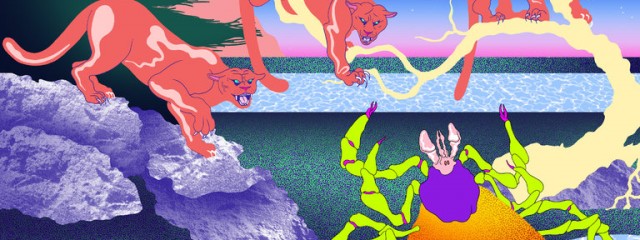Every year, at least 30,000 people — and possibly 10 times that — are infected with the bacterium that causes Lyme disease, most in the Northeast and upper Midwest. Symptoms can include fatigue, joint pain, memory problems and even temporary paralysis. In a small minority of cases, the malaise can persist for many months.
So it’s worrisome that in recent decades, Lyme cases have surged, nearly quadrupling in Michigan and increasing more than tenfold in Virginia. It’s now the “single greatest vector-borne disease in the United States,” Danielle Buttke, an epidemiologist with the National Park Service in Fort Collins, Colo., told me, and it’s “expanding on a really epic scale.”
What’s behind the rise of Lyme? Many wildlife biologists suspect that it is partly driven by an out-of-whack ecosystem.
Read the rest at the NYT.






